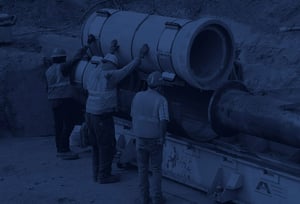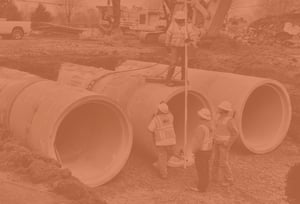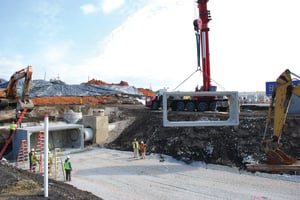DESIGN
Strength & flexibility for your most demanding applications
Concrete is one of the most durable and long-lasting construction materials on the planet. Utilized for centuries to build roads, fortresses, and colosseums, with better admixtures, improved production techniques, and engineering innovations, concrete has evolved to become resilient than ever.
Design Resources
Box Culvert Design
Detention and Retention Systems
Flexible Pipe Design
Hydraulic Design
Joint Design
Life Cycle Cost / Durability
Sustainable and Resilient
Structural Design
Value of Precast
FILL HEIGHT TABLES


Concrete Pipe Design Manual
The Concrete Pipe Design Manual is an indispensable tool to help engineers select the type, size, and strength requirements of pipe. It eliminates the lengthy computations and includes standard installations using the indirect design method. More than 330 pages of tables and figures covering hydraulics of sewers and culverts, live loads and earth loads, supporting strengths and supplemental design data are listed. Detailed example problems of specific applications illustrate the use of the time saving design aids included in the manual.
The Design Manual is a companion volume to the Concrete Pipe Handbook.


